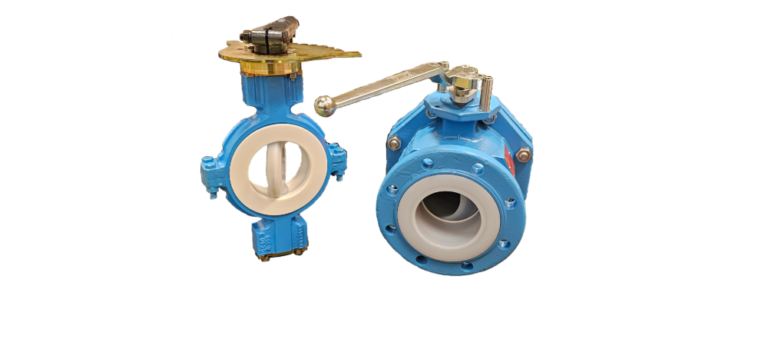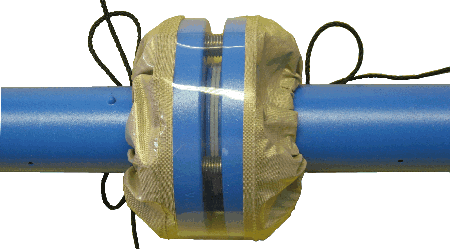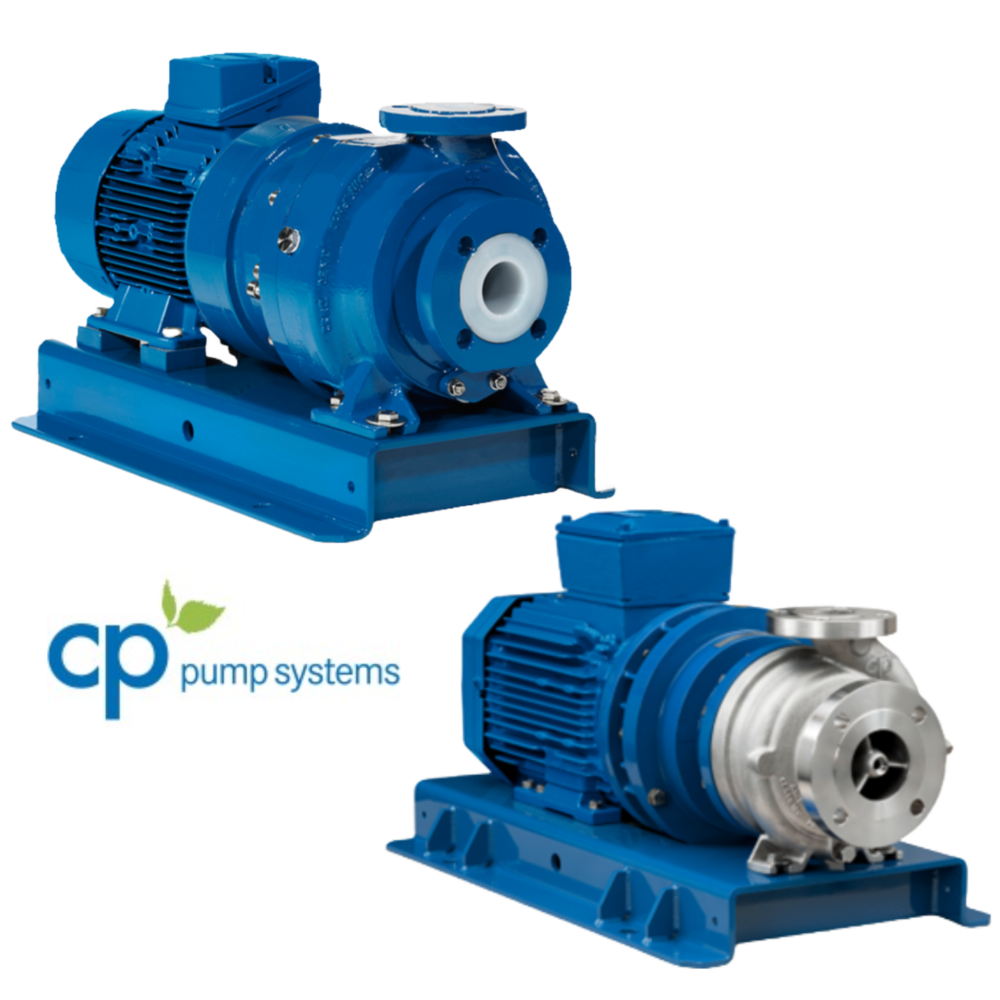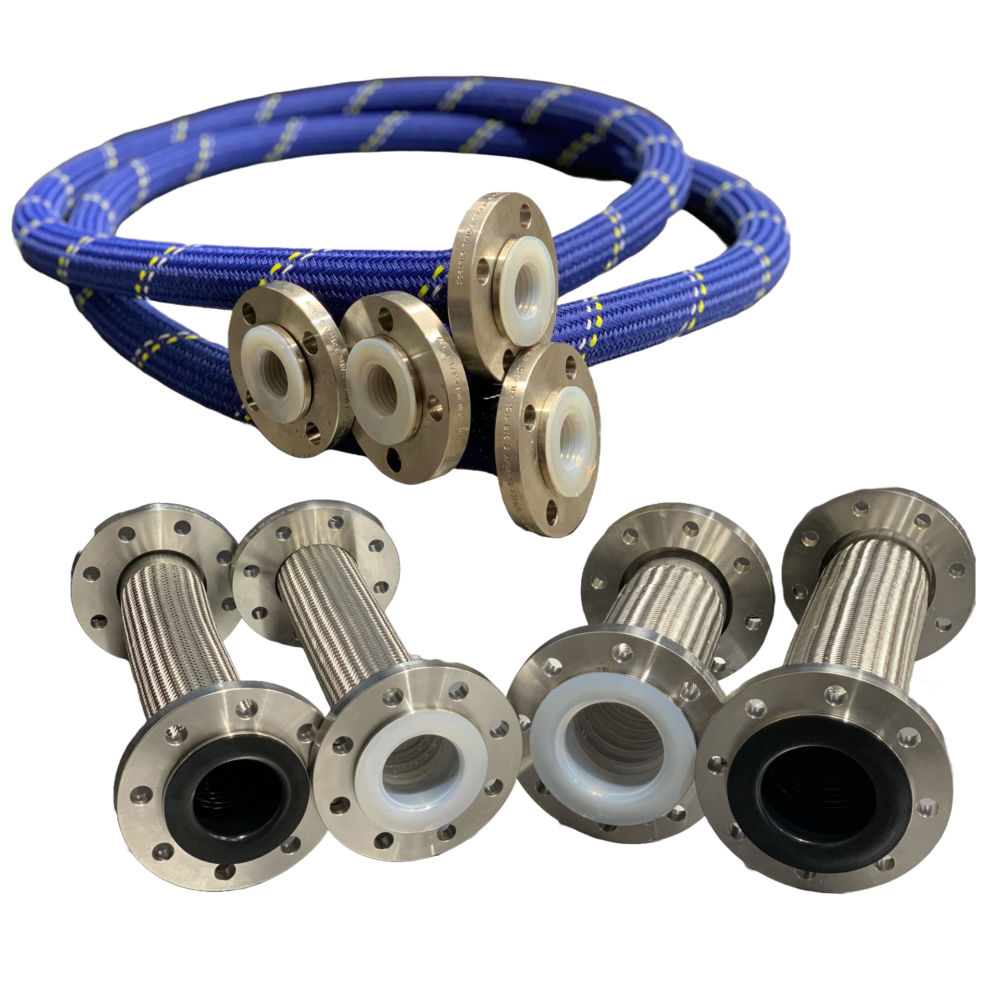Ball Valve Vs. Butterfly Valve: Which Is Right For Your Application?
Choosing between a ball valve and a butterfly valve can be a significant decision when designing systems for industrial applications. Each valve type offers distinct advantages, making them suitable for different needs and environments. The choice depends on factors like space, flow control, pressure handling, and installation requirements. This guide will help you determine whether a ball valve or a butterfly valve is the right fit for your specific application.
Operational Mechanism Differences Between Ball and Butterfly Valves
A ball valve operates by rotating a ball with a bore through which fluid flows. When the handle is turned, the ball rotates, aligning the bore with the pipe to allow flow or turning it perpendicular to stop flow. This mechanism provides a secure and reliable seal, often used in applications where tight shutoff is necessary.
In contrast, a butterfly valve uses a rotating disc that pivots on a rod. When the disc is aligned parallel to the flow, the valve is fully open; turning the disc perpendicular restricts flow. This design makes the butterfly valve ideal for applications requiring quick shutoff and low-pressure drop, often in larger pipelines.
Flow Control Precision: Ball Valve Versus Butterfly Valve
The ball valve is known for its precise flow control capabilities. The round bore within the ball allows for accurate adjustments to the flow rate, making it ideal for applications where precision is critical. Industrial engineers often choose ball valves when they need to fine-tune flow rates in processes such as chemical mixing or pharmaceutical production.
The butterfly valve offers less precision in flow control. Its disc design, while effective for quick shutoff, does not provide the same level of accuracy as a ball valve. However, in systems where flow regulation is less critical and a fast response is needed, the butterfly valve can be a practical and cost-effective choice.
Space and Size Considerations for Ball and Butterfly Valves
In tight spaces where size and weight are a concern, the butterfly valve is often preferred. Its compact design requires less installation space and is generally lighter, making it easier to handle and install in confined areas. This makes the butterfly valve suitable for large-scale operations like water treatment plants.
Conversely, a ball valve tends to be bulkier due to its spherical design. While this may not be an issue in smaller systems, it can pose challenges in larger installations with limited space. Engineers need to carefully assess the available space before deciding on a ball valve for their application.
Pressure Handling Capabilities: Comparing Ball and Butterfly Valves
The ball valve excels in high-pressure environments. Its robust design and tight seal make it suitable for applications where maintaining pressure is crucial. Industries such as oil and gas, where pressure management is vital, often rely on ball valves for their reliability under high stress.
The butterfly valve, while effective, is generally better suited for lower-pressure environments. Its disc design, while efficient for controlling flow, may not withstand extremely high pressures as well as a ball valve. This makes it more suitable for applications such as water distribution systems or HVAC installations where the pressure requirements are moderate.
Installation and Maintenance Requirements for Each Valve Type
Installing a butterfly valve is typically straightforward due to its compact and lightweight design. It requires fewer support structures and can be easily fitted into existing pipelines with minimal disruption. Maintenance is also less intensive, making it an attractive option for systems that require frequent servicing.
The ball valve, while more robust, can be more complex to install. Its larger size and weight often necessitate additional support structures. Maintenance can also be more involved, especially in high-pressure applications where seals and components must be regularly inspected and replaced to ensure continued performance.
Cost Implications of Choosing Ball Valve vs. Butterfly Valve
Cost is a significant factor in choosing between a ball valve and a butterfly valve. Generally, butterfly valves are more cost-effective, particularly in large diameters, due to their simpler design and lower material requirements. This makes them a preferred choice for budget-conscious projects where performance needs are moderate.
On the other hand, ball valves tend to be more expensive, particularly in high-pressure applications where their superior sealing capabilities are necessary. The higher cost is often justified by their durability and precision, making them a worthwhile investment in applications where reliability and performance are paramount.
Application Suitability Based on Fluid Type and Conditions
When dealing with highly corrosive fluids or abrasive materials, the ball valve is often the better choice. Its design allows for a secure seal that can withstand harsh conditions, making it ideal for industries like chemical processing and pharmaceuticals, where fluid integrity is critical.
The butterfly valve is more suitable for applications involving less aggressive fluids. Its design provides efficient flow control without the need for the heavy-duty materials required by ball valves. This makes the butterfly valve a practical option for water treatment, food and beverage processing, and other industries where fluid conditions are less severe.
Durability and Lifespan: Ball Valve vs. Butterfly Valve
A ball valve is known for its long-lasting durability, particularly in demanding environments. Its solid construction and reliable sealing capabilities contribute to a longer lifespan, reducing the need for frequent replacements. This makes the ball valve a preferred choice in industries where downtime must be minimized.
The butterfly valve, while durable, may have a shorter lifespan in comparison, especially in high-pressure or highly corrosive environments. However, its simpler design and lower maintenance needs can still provide a cost-effective solution for many applications, particularly where the operating conditions are less demanding.
Corrosion Resistant Products: Ball Valve vs. Butterfly Valve Experts
Choosing the right ball valve or butterfly valve for your application is crucial, and at Corrosion Resistant Products, we offer a wide range of solutions tailored to your needs. Our expertise in ball valves ensures you get the highest precision and durability, perfect for demanding industrial environments. Similarly, our selection of butterfly valves provides cost-effective, efficient options for fluid control in less aggressive conditions.
Contact us today to find the perfect valve solution for your application. Whether you need the precision of a ball valve or the efficiency of a butterfly valve, Corrosion Resistant Products has the expertise and products you can trust. Let us help you enhance your system’s performance.
























































